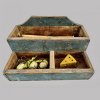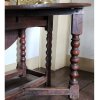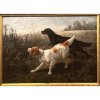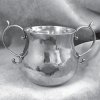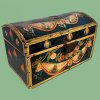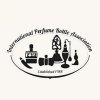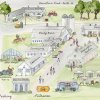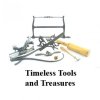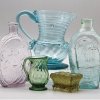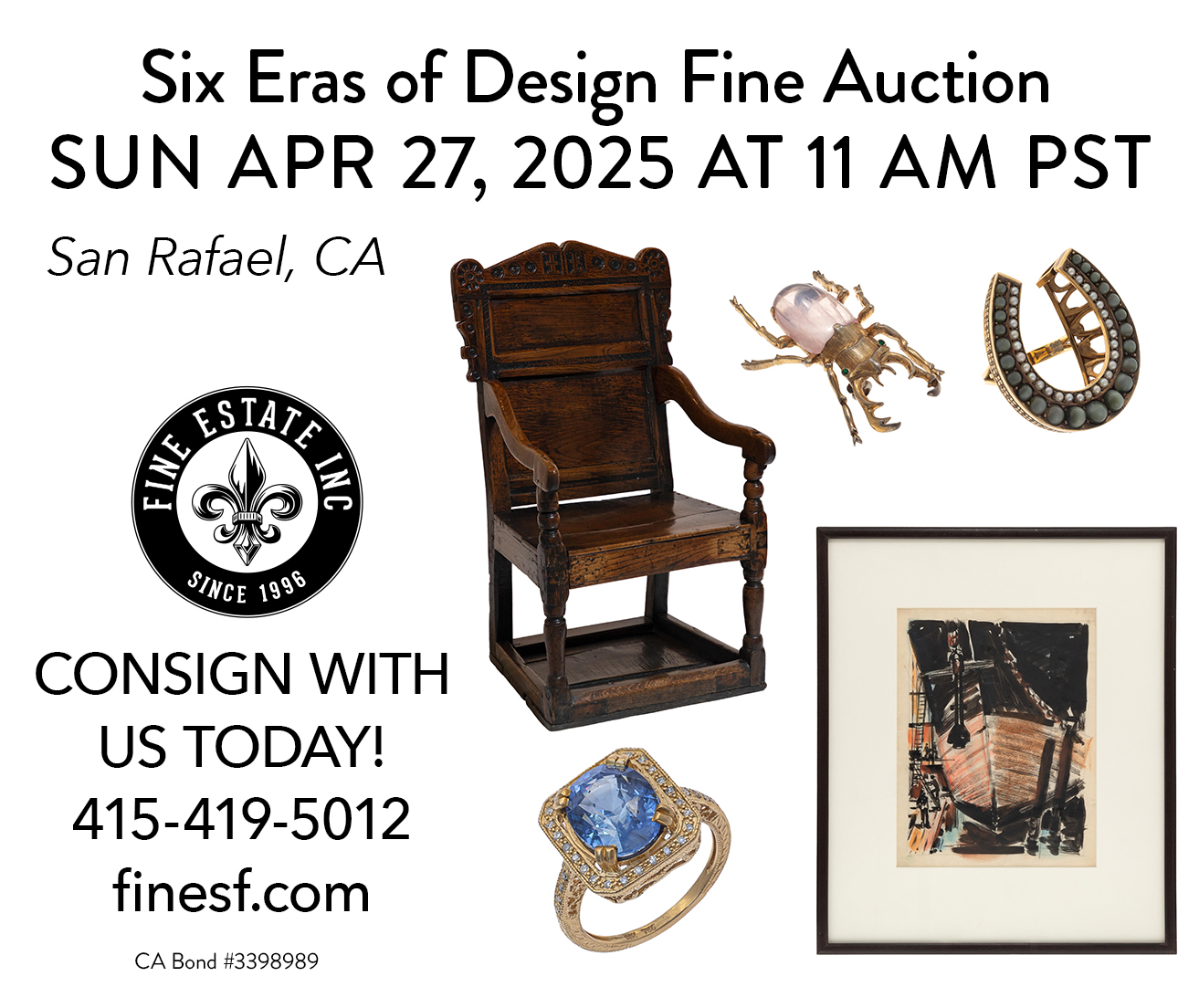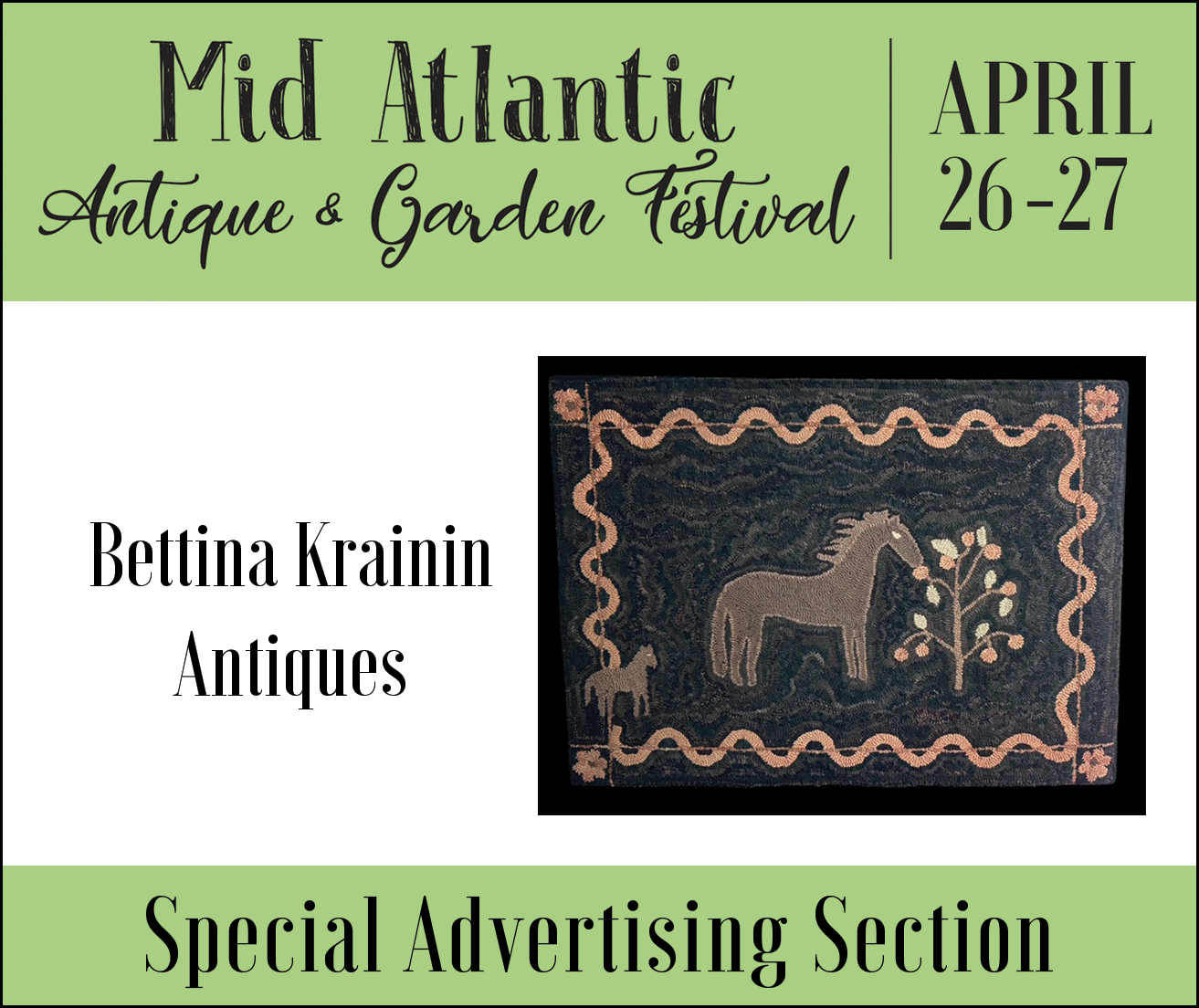Two-Day Americana Sale
January 12th, 2019
Pook & Pook Inc., Downingtown, Pennsylvania
Photos courtesy Pook & Pook
Pook & Pook started 2019 with its largest various-owners catalog sale to date. Offered in two sessions on Friday evening, January 11, and Saturday, January 12, it presented a number of estates, consignments from downsizing collectors, and consignments that just walked in the door. Of the more than 750 lots, 95% sold for a total of $1.77 million (with buyers’ premiums), which fell right in the middle of presale estimates. There were 1172 bidders registered on Bidsquare and 481 bidders registered for phone bidding plus bidders in the salesroom (with standing room only on Friday evening). Deirdre Pook Magarelli said that was “more than ever before. It was a good way to begin the year.”

This Philadelphia easy chair, circa 1755, with an arched crest, flaring wings, horizontal conical armrests, a compass seat, acanthus-carved front legs terminating in ball-and-claw feet, and flaring rear legs with pronounced pad feet sold to Skip Chalfant in the salesroom for $183,000 (est. $100,000/150,000). Pook asked Alan Miller to look at the chair, and he confirmed that this newly discovered example is similar in design to a chair at the Winterthur Museum that is pictured in American Furniture: Queen Anne and Chippendale Periods by Joseph Downs (2001), fig. 78. Provenance includes Ruth Keator Fredericks, Colts Neck, New Jersey, circa 1940, and it descended in the family of Bruce Fredericks.
Miller’s report is included in the online catalog and can be read in full there. He notes that while the chair appears to be a typical Philadelphia compass-seat easy chair, some elements depart from the standard design, most notably the cabriole rear legs, which are known in Philadelphia easy chairs but are rare. This atypical style may indicate that the maker of the legs was a recent immigrant from England or Ireland who was bringing his specific training to bear on the legs. The front legs are also a bit unusual, as they are made from a slightly heavier stock and have a more pronounced curve and larger feet, a feature shared with the Willing/Francis/Fisher chair (see Hornor’s Blue Book: Philadelphia Furniture, plate 227) among others. The carver of the knees, while not known by name, was a relatively prolific Philadelphia carver of the 1750s and early 1760s, evidenced by similar work seen on a number of case pieces. The front knee blocks are novel. The upholstery frame is typical except for the horizontal arm cones—the upper components of the double C-scroll arms are shaped like powder horns and are larger and less tapered than usual, and their upper elements are now truncated.
Miller concluded, “This chair is an interesting and novel addition to the known catalogue of Philadelphia easy chairs. While its unusual rear legs did not catch on or become standard practice they do help fill out the story of the diversity and fluid nature of Philadelphia’s cabinetmakers in the mid-eighteenth century.” The top edge of the front seat rail is patched because of tack holes; the rear ends of the conical arms are truncated; and one rear knee return is replaced.

Philadelphia Chippendale walnut dining chair, circa 1760, with a shell- and floret-carved crest, above a pierced and voluted splat, with a slip seat supported by carved cabriole legs terminating in ball-and-claw feet, from the Smart collection, sold for $3660 (est. $3000/5000) to West Chester, Pennsylvania, dealer Skip Chalfant. He was the underbidder on a pair of chairs from this set (shown below) with the same unusual carving that brought $19,520 later in the sale.

Pair of Philadelphia Chippendale walnut dining chairs, circa 1760, each with an unusual shell- and floret- carved crest, a pierced and voluted splat, slip seat, and carved cabriole legs terminating in ball-and-claw feet, retaining an old possibly original surface. Purchased by Ruth Keator Fredericks from Charles Duke Antiques, Upper Montclair, New Jersey, 1937, they descended in the family of Bruce Fredericks. The pair sold for $19,520 (est. $15,000/25,000) on the phone, underbid by Skip Chalfant. A single chair from the set (shown above) sold on Friday night for $3660 to Chalfant.

Nicholas Beyer, Lebanon/Dauphin County, Pennsylvania, full-stock flintlock long rifle, approximately .50 caliber, with tiger maple stock, four-piece engraved patch box with typical long-neck bird terminal, crescent butt plate, trigger guard, and side plate. The relief-carved and incised stock has scrolls behind the barrel and flanking cheek rest, the forestock has an incised line terminating in a serpentine scroll on either side of the barrel, the lock is stamped “T. Ketland & Co.,” the barrel inscribed “N + Beyer,” and it has a dovetailed brass blade front sight. It sold for $12,200 (est. $15,000/25,000) to a doctor in the first row. One of his children did the bidding.

The sale started with this Chester County, Pennsylvania, walnut spice chest, circa 1755, with a molded top overhanging a door with line and berry inlay, enclosing an 11-drawer interior, supported by turned bun feet, 19" high x 13¾" wide. It is pictured in Lee Ellen Griffith’s The Pennsylvania Spice Box (1986), pp. 112-113. Provenance includes Joe Kindig, 1936, and the Titus Geesey collection. It sold on the phone for $67,100 (est. $20,000/40,000), underbid in the salesroom by Pennsylvania dealer Philip Bradley. The hinges are replaced, and it lacks an escutcheon. It has good color, and it was off the market for two generations, so it was desirable and was a good way to start the first sale of 2019.
The Friday evening sale began at 6 p.m., after a cocktail reception, with four lots from the collection of the late Titus Geesey, whose collection of Pennsylvania decorative arts is a feature of the American Wing at the Philadelphia Museum of Art. His daughter has been a frequent consignor at Pook & Pook. A Chester County spice chest with original feet but missing some hinges and hardware sold for $67,100 (est. $20,000/40,000).
A collection from the estate of Kenneth and Elizabeth Johnson of York, Pennsylvania, included some English ceramics made for the American market, and they were good buys. Collectors from Washington, D.C., bought a 16?" long transferware platter with a print of the New York almshouse for $671 (est. $300/500), and a 10" plate with a transfer print of the Capitol in Washington was theirs for $397 (est. $300/500). Most of the collection of historical blue Staffordshire went to dealers William and Teresa Kurau of Lampeter, Pennsylvania, for mid-estimate, reasonable prices. For example, a lot consisting of three historical blue Staffordshire plates and a shallow bowl with Philadelphia views, including the Bank of the United States, the Upper Ferry Bridge over the Schuylkill, the Philadelphia Library, and Staughton’s Church, sold for $580 (est. $400/700). Only one of the Johnsons’ seven lots of miniatures on ivory did well. A portrait of a gentleman, circa 1835, 3½" x 2¾", sold online for $1464 (est. $200/300). The Johnsons’ painted pine raised-panel cupboard, New England or Canadian, sold for $2928 (est. $1000/1500). It had a worn scrubbed blue-green surface that people like.
New England antiques from the collection of Bruce and Edie Smart of Virginia did well. They purchased them a generation ago from well-known dealers, among them Joe Kindig, Kenneth Hammitt, and Peter Eaton. Eaton came to the sale and purchased a dozen lots, most of which he had sold to the Smarts. The highlight of the Smart consignment was the Pilgrim-century sunflower chest attributed to the shop of Peter Blin, circa 1700, which sold for $24,400 (est. $5000/10,000). It had a new top and some replaced moldings; it is a classic form. The underbidder, who sat in the first row, is a local doctor, and he had brought three children to the sale—twins, age eight, and a son, age nine. The children did the bidding with instructions from their dad. When they bought a flintlock Kentucky long rifle made by Nicholas Beyer, Lebanon/Dauphin County, for $12,200 (est. $15,000/25,000), there was a round of applause. They also bought a New York eagle-arm, tassel-back mahogany armchair for $9760 (est. $4000/8000).

Connecticut Chippendale cherry dressing table, circa 1770, probably New London County, with an unusual tray top above a case with five drawers supported by shell-carved cabriole legs terminating in ball-and-claw feet, 29¼" high x 33" wide x 20¾" deep. From the Smart collection, it sold for $7930 (est. $5000/10,000) to a doctor in the first row with his three children, who did the bidding. It has a couple of small scratches to the top, original brasses, white pine secondary, and one side spur replaced, and overall it is in very good condition.

Connecticut Pilgrim-century joined oak sunflower chest, circa 1700, attributed to the shop of Peter Blin, Wethersfield, Connecticut, with a lift lid above a case with floral-carved panels, applied ebonized half columns, and two drawers, 40" high x 45" wide. From the collection of Edie and Bruce Smart of Upperville, Virginia, it was bought from Peter Eaton in 1985. It sold on the phone for $24,400 (est. $5000/10,000), underbid by a collector sitting in the front row with his three young children, who did the bidding. The lid of the chest and some of the molding had been replaced. A similar sunflower chest sold at Pook & Pook in September 2018 for $27,500 (est. $5000/10,000).

Four phone bidders and bidders in the salesroom competed for this 18th-century oil on canvas with three American schooners, 23½" x 33", from the collection of Edie and Bruce Smart of Upperville, Virginia, and it sold for $13,420 (est. $1000/2000). It was relined, and there is some scattered touch-up, mostly to the sky.

New England painted splay-leg tavern table, late 18th century, with an oval top, retaining an excellent old reddish-brown surface, 26½" high x 32½" wide, from the Smart collection, Virginia, sold on the phone for $7930 (est. $2000/4000).
Two collectors in the salesroom pushed the price of an Aaron Willard shelf clock up to $13,420 (est. $3000/5000), even though the case had some repairs. A consignment of limited-edition jewelry by sculptor Andre Harvey (1941-2018) of Rockland, Delaware, also did well. An 18k gold leaping frog necklace with seven frogs with cabochon emerald eyes and nine diamonds sold for $12,200 (est. $5000/9000), and a sea turtle necklace sold for the same price (est. $6000/10,000). A honeybee on a honeycomb brooch, 1½" diameter, sold for $3904 (est. $1500/2500).
The highlight of the second session, beginning at 9 a.m. on Saturday, January 12, was a newly discovered 18th-century mahogany easy chair with ball-and-claw front legs with leafy carving on the knees and cabriole rear legs ending in pad feet. It is similar to one at Winterthur. It sold in the salesroom to West Chester, Pennsylvania, dealer Skip Chalfant for $183,000 (est. $100,000/150,000). Alan Miller furnished a full report, blessing it as an early Philadelphia chair, and Walter Mullen stripped its upholstery, so it was offered simply as a frame. Ron Pook said the chair arrived with the consignor along with a pair of unusual Philadelphia walnut side chairs with shell carving similar to one in the consignment from the Smart estate. The pair sold for $19,520 to Philip Bradley, underbid by Chalfant, who had bought a similar single chair the night before for $3660 but thought he had better save his dollars for the easy chair and the upcoming sales in New York City.
There were few notable paintings. A still life attributed to Isaac Nuttman (1801-1872) that appeared to have passed during the sale did appear on the price list sold at $13,420 (est. $15,000/25,000). The same price was paid for a 24" x 20" Florida landscape by Albert Ernest Backus (1906-1990), estimated at $4000/7000. A Bucks County landscape by Arthur Meltzer (1893-1989), Blue and Gold of Winter, 16" x 20", sold for $14,640 (est. $7000/9000).
The second day was peppered with lots from a distinguished Delaware collector that performed well. Among them was a pine blanket chest over drawers with its original oak bun feet and yellow poplar backboards. It sold for $2318 (est. $800/1200) to dealer Philip Bradley. Christopher Storb, conservator of the Dietrich American Foundation Collection at the Philadelphia Museum of Art (PMA), attributes it to the maker of an oval table and dressing table for James and Elizabeth Maris Bartram, who were married in 1725. A table with their initials was in the 1999-2000 exhibition Worldly Goods at the PMA. A spice box by the same hand that sold at Freeman’s in December 2016 has similar turned feet, base molding, and dovetails. Just across the room from this chest at Pook & Pook was another blanket chest with two drawers. The Chester County walnut blanket chest had two line-and-berry-inlaid drawers with initials and date “KM / 1760.” If this 31" high x 40" wide chest is right, it is the only known Chester County blanket chest with line-and-berry decoration on the drawers, although the drawers are from another chest, and it is made up of old parts. Nonetheless, it sold for $2928 (est. $1500/2500).

This chest over drawers by the Bartram family joiner was displayed in a corner on the balcony at Pook & Pook. Christopher Storb wrote three posts about it in his blog, In Proportion to the Trouble. He comments that it “did not rate the main gallery,” perhaps because it is not made of walnut (it is made of a softwood), it is not a “complex furniture form,” and it is not painted. He points out that the entire interior except the till is lined with Philadelphia or West Chester newspapers dated from the 1830s to the 1850s. The till on the right side of the chest is made of riven white oak, and there are two small drawers below the till. The drawers run on their bottoms. The knobs of the till drawers have score lines. He identifies the backboard as made from yellow poplar, the only use of this wood in the chest. A spice box also attributed to this joiner has a yellow poplar backboard. (Storb wrote about the spice box in his blog before it sold at Freeman’s in December 2016.) The oak feet have an idiosyncratic turning similar to others attributed to this shop. He describes the feet as “in very crisp condition.” He points out that a chest over drawers was less expensive than four-drawer chests, as noted in the account book of John Head, the subject of a new book by Jay Robert Stiefel. A chest over drawers is also easier to maneuver up winding stairs. Storb calls this chest “the finest and costliest version of the form available at the time” and says it sits on “skillfully made feet.” The 28½" x 48" chest sold for $2318 (est. $800/1200) to Pennsylvania dealer Philip Bradley in the salesroom. It came from the collection of a prominent Delaware collector.
The auction ended with an offering from the estate of Charlene Sussel, who had been married to Eugene Sussel, the son of the renowned Philadelphia dealer Arthur Sussel, whose sales in the 1950s made history. A Philadelphia tiger maple dressing table that had been exhibited in Worldly Goods at the PMA, probably made in Philadelphia, 1755, sold in the salesroom for $34,160 (est. $15,000/30,000) to a discerning New Jersey collector, who also bought a Philadelphia serpentine chest of drawers attributed to Jonathan Gostelow for $12,200 (est. $10,000/15,000).
 Prices throughout the sale were all over the map. There was plenty of competition. James Pook said he was pleased with the sale total. Some young collectors looked carefully and bought selectively, and a few dealers in the salesroom got some good buys. An online-only Americana sale followed on Monday, January 14. The next furniture and decorative arts sale at Pook & Pook will be on March 15.
Prices throughout the sale were all over the map. There was plenty of competition. James Pook said he was pleased with the sale total. Some young collectors looked carefully and bought selectively, and a few dealers in the salesroom got some good buys. An online-only Americana sale followed on Monday, January 14. The next furniture and decorative arts sale at Pook & Pook will be on March 15.
For more information, see (www.pookandpook.com).

Pennsylvania watercolor and cutwork fraktur scherenschnitte, early to mid-19th century, probably Schwenkfelder, with fanciful central script within a border of tulips, flowers, hearts, the face of a young man, and a sun face, 7¼" x 12¼". A related work is illustrated as fig. 4-130 in Dennis Moyer’s book Fraktur Writings and Folk Art Drawings of the Schwenkfelder Library Collection (1998). From the estate of Charlene Sussel, Rockville, Maryland, it sold for $10,980 (est. $5000/10,000).

Painted pine cupboard, 19th century, with an open top, retaining an old red surface, 74" high x 40" wide, with four interior shelves that appear original to the piece, square-nail construction, and mouse holes. The latch appears to have been moved. In good condition overall, it sold for $4636 (est. $800/1200). Buyers want expected wear consistent with age and use.

New York Chippendale mahogany armchair, circa 1765, with a carved tassel back, flanked by scrolling arms with carved eagle-head terminals, above a trapezoidal slip seat with a gadrooned apron, supported by carved cabriole legs terminating in ball-and-claw feet. From the Smart collection, with a Bernard and S. Dean Levy provenance, it sold for $9760 (est. $4000/8000) to a doctor in the first row. It is refinished, the glue blocks are replaced, and the slip seat is an early replacement. A side chair from this set is illustrated in Opulence and Splendor: The New York Chair, 1690-1830, the catalog for a gallery exhibition by Bernard & S. Dean Levy in 1984 (p. 15). On January 18 a similar chair went up for bid at Christie’s but was passed (est. $15,000/25,000). That chair was without gadrooning on the seat rail; it had descended in the family of Connecticut Governor Joseph Talcott, and it had sold at Northeast Auctions in 1995 with an Israel Sack provenance.

This massive carved and painted wooden recumbent lion, circa 1900, retains an old ivory surface. It is 36½" high x 70" long, and it sold on Bidsquare for $8540 (est. $4000/6000).

Philadelphia Queen Anne tiger maple dressing table, circa 1755, with a rectangular molded-edge top overhanging the case, four drawers flanked by smooth quarter columns, and a scalloped apron supported by cabriole legs with tongue-like intaglio carving terminating in trifid feet, 30¾" x 34¾", sold for $34,160 (est. $15,000/30,000) to a New Jersey collector in the salesroom. The carving of the knees, sometimes described as lambrequin carving, has often been associated with the cabinet shop of William Savery. The design of the brasses suggests it is in the retardataire Quaker taste.

Blue and Gold of Winter by Arthur Meltzer (1893-1989), oil on canvas, signed lower right, 16" x 20", came from a Reading, Pennsylvania, family. Relined and in its original frame, it sold for $14,640 (est. $7000/9000).

Large Pennsylvania painted pine trestle table, circa 1800, the base retaining its original red surface, 29" high x 108" wide, x 31¼" deep, bought from Ronald Pook Antiques by a prominent Delaware collector, sold online for $6710 (est. $2000/4000).

Reading, Pennsylvania, Chippendale cherry tall-case clock, late 18th century, with a broken-arch bonnet with floral-carved tympanum and columns, eight-day works, a painted face, and a case with carved potted flowers on the door and base, 95½" high. Found in Catawissa, Pennsylvania, it had been in the collection of Lester Lory of Mt. Holly Springs in 1963 and in the Titus Geesey collection. It sold for $24,400 (est. $20,000/30,000) to an agent for dealer Greg Kramer of Robesonia, Pennsylvania. The feet are replaced, and the broken arch has been cut and reattached.

Chinese export porcelain punch bowl, circa 1780, one side depicting the British Navy, the reverse with a popular satirical print of the day depicting John Bull and his French counterpart scowling at one another beneath two inscriptions, “You be Damn’d” and “Vous êtes un bête” (You are a beast), 6¼" high x 15¾" diameter, from a New Jersey estate, sold for $12,200 (est. $3000/5000).
Originally published in the March 2019 issue of Maine Antique Digest. © 2019 Maine Antique Digest









